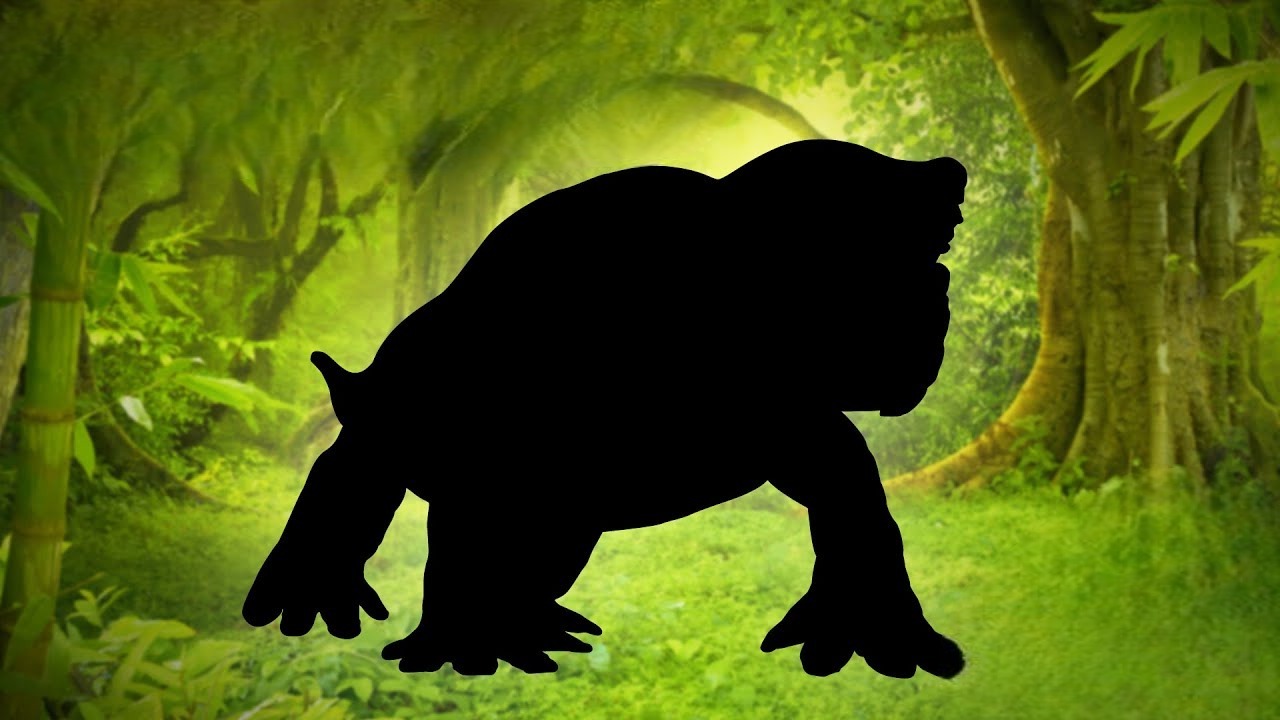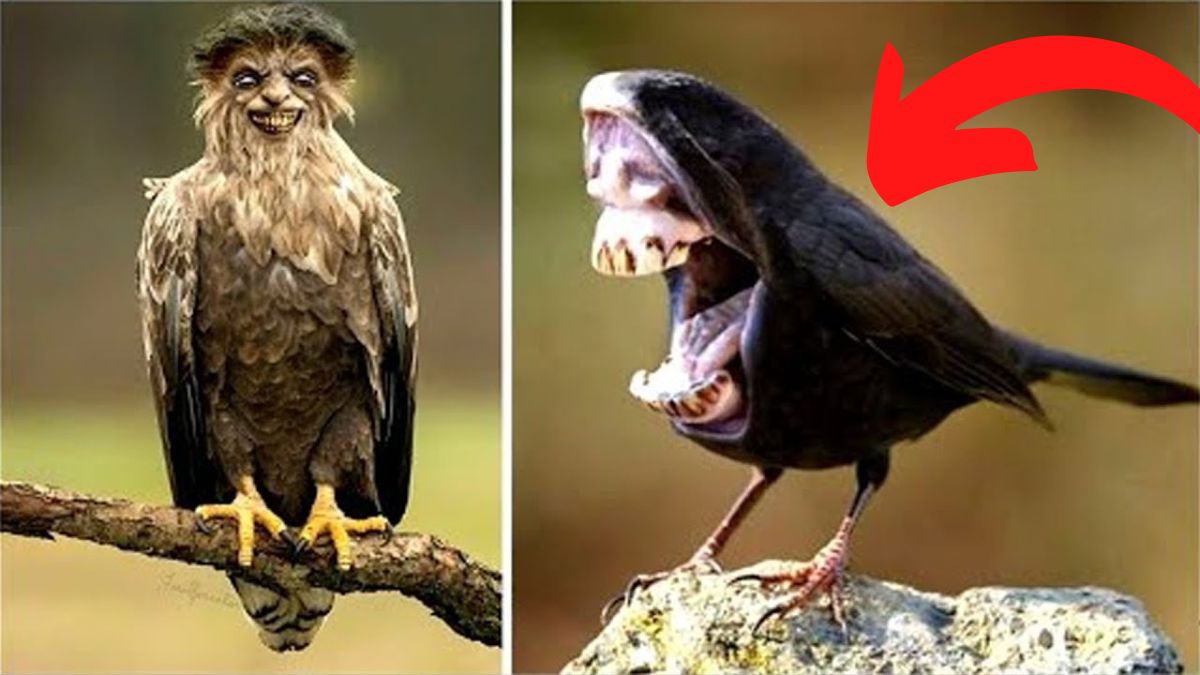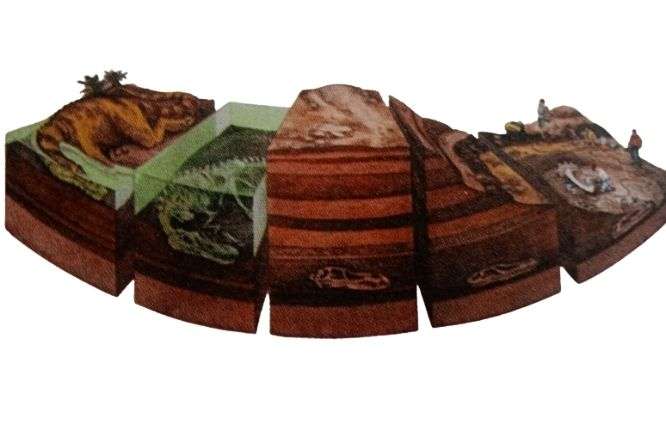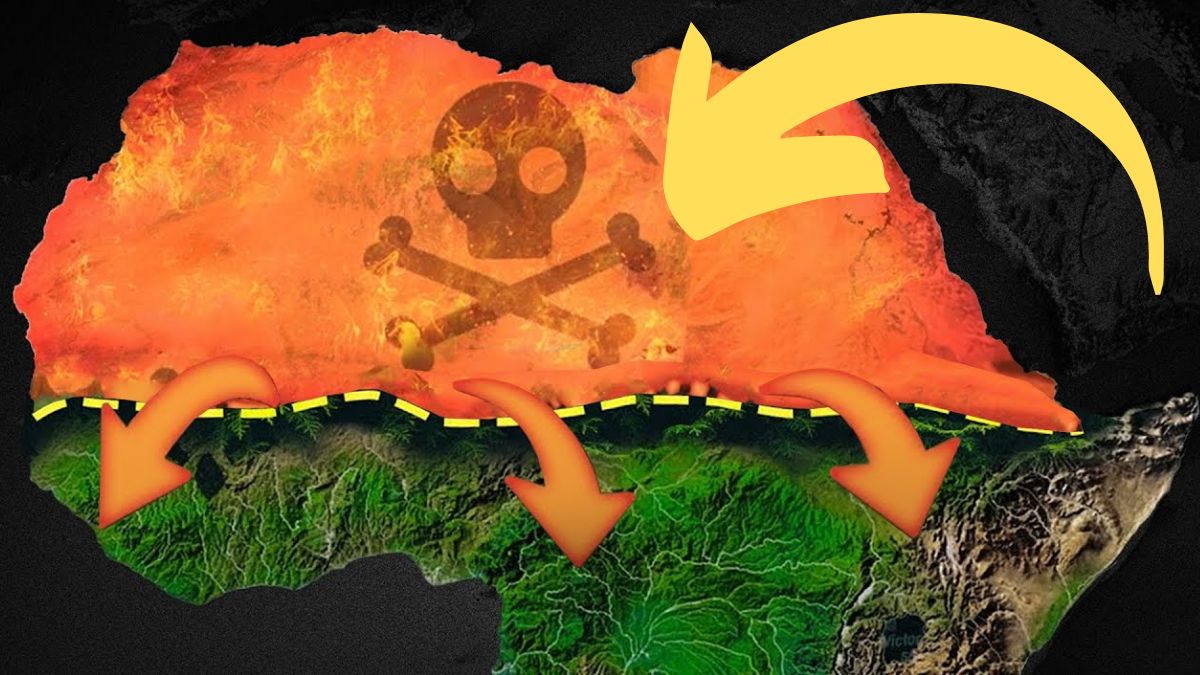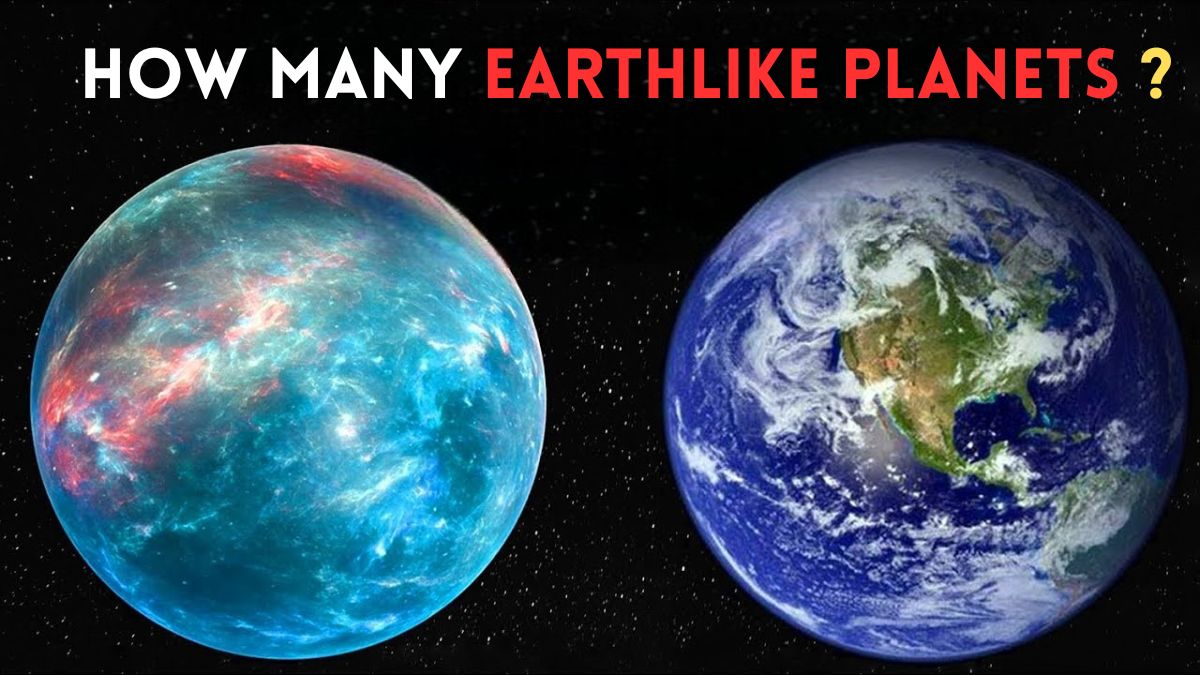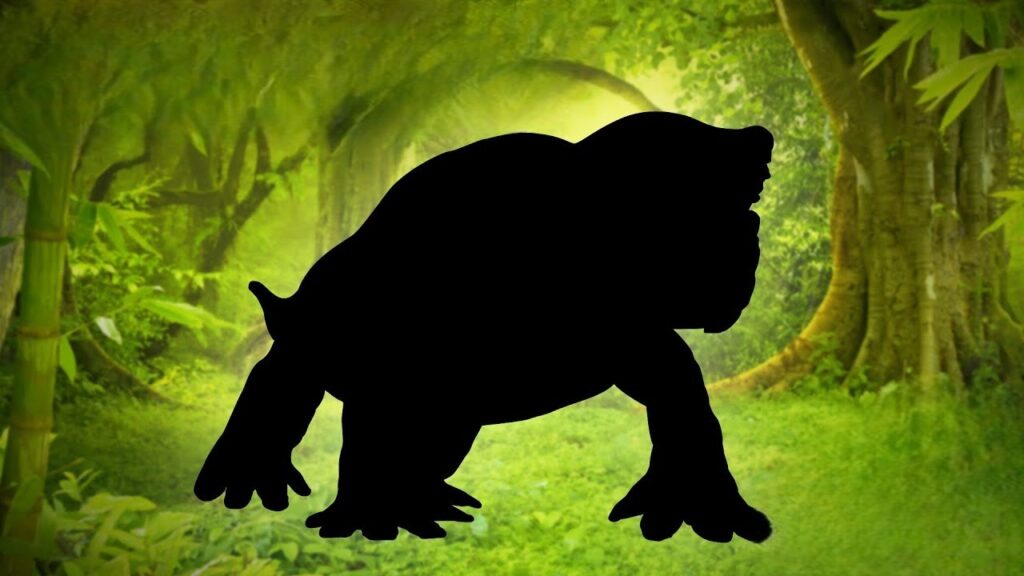
This is the tale of a time when the world was close to ending.
Additionally, it tells the tale of a single, humble animal who was determined to strike first.
Even though the animals themselves couldn’t have known Lystrosaurus was a tiny pig-like creature, they helped us better understand the history of our planet.
By taking a gander at their fossils, we can see a ton about these animals, how the world switched up them in terrible ways, and how they made due.
Also, notwithstanding being very much considered, these terrible little men are as yet showing us new things.
Between 259 and 251 million years ago, during the late Permian period of Earth’s history, these lovable little guys first appeared.
This was a world in which, rather than having a number of distinct continents, the majority of the planet’s landmass was condensed into the dry, somewhat desert-like supercontinent known as Pangaea, which was surrounded by an ocean that seemed to go on forever.
In its natural habitat, Lystrosaurus ate plants.
It was generally the size of a pig, however could be basically as large as a little hippo.
It was distantly related to mammals today; closer to us than, for instance, dinosaurs.
It had waddle-like areas of strength for walking that might have been utilized for digging, and strong jaws with a turtle-like snout and two tusks as an afterthought.
It is likely that Lystrosaurus was a type of generalist that could eat anything and was able to survive on a variety of diets.
Because the world wouldn’t have been an easy place to live at the end of the Permian, this lack of preference may have served them well.
In fact, rapid change was taking place.
The Karoo Basin in South Africa is a location that gives a pretty good picture of the end of the Permian.
There have been studies of the fossil record there that have looked at how things changed over about 4 million years, like the one described in a paper published in 2021 that looked at patterns of extinction in the Karoo Basin.
The researchers counted the number of various species and their diversity.
Additionally, rates of extinction in the Karoo Basin appear to rise over time.
However, Lystro was the one exception.
They were classified as a “disaster taxon” by scientists: an organism that can quickly repopulate a region following a natural disaster and thrive in harsh conditions.
In contrast to the majority of species, the number and proportion of Lystrosaurus fossils actually increased.
Lystrosaurus made up more than half of the specimens discovered toward the end of the Permian.
Everything was escalating to a very bad time.
The End-Permian Extinction or the Permian-Triassic Extinction are more formal names for the Great Dying.
Additionally, it may have been the closest we have ever been to going extinct as a species.
Despite the fact that no one was having any fun, it appeared to have occurred more rapidly in the ocean than on land.
We believe that a number of volcanoes began to erupt in Northern Pangaea, near where Siberia is now.
However, you shouldn’t imagine one or two volcanoes blowing their tops.
There had never been any eruptions like these before.
Similar to Hawaii, but accelerated.
The eruptions were long-lasting and widespread.
They would have had cascading effects and sparked widespread, relatively abrupt climate change, disrupting ecosystems.
Temperatures increased, sea waters turned acidic and oxygen-poor, and orders of things fell.
Around 81 percent of all marine species and 70 percent of land vertebrate species are thought to have perished during this time.
However, it is remarkable that the tiny Lystrosaurus was one of the few land vertebrates to survive.
They and the other survivors entered a new era known as the Triassic.
However, conditions were still difficult in the early Triassic.
After the extinction event, many communities remained unstable.
Lystrosaurus fossils from the Karoo Bowl are useful again here.
The basin’s Triassic Lystrosaurus specimens differ significantly from their Permian relatives in many cases.
A lot of them are smaller, more like corgis than hippos, and their bones’ microscopic structure is different.
It appears that many of the animals were still rapidly growing when they died, as evidenced by patterns of growth in their bones.
This indicates that, in order to have a chance of passing on their genes, a greater number of Lystrosaurus individuals had to reproduce earlier in their life cycles in order to survive as juveniles before reaching adulthood.
Nevertheless, evidence suggests that havens existed.
In the Xinjiang region of northwestern China, excavations have also been carried out in the Jiucaiyuan Formation.
Those excavations suggest that rivers and conifer forests may have converged relatively steadily in the very early Triassic, when much of the world was experiencing rapid changes in vegetation.
Animals like Lystrosaurus would have been supported by this greenery.
Additionally, their bones may once more reveal the secure haven.
That’s according to a 2021 paper that looked at Lystrosaurus life history and growth at this location.
The team’s excavations in the Jiucaiyuan Formation indicate that Triassic Lystrosaurus were larger there than in South Africa.
However, their erratic growth patterns suggest that they had to persevere through challenging times.
Various Lystro species are now thought to have existed in north China and South Africa.
However, the researchers suggest that vegetation and a more mellow, stable environment may have also been factors.
Lystrosaurus teaches us that the Earth was going through a major crisis, but not all of the changes were the same and didn’t happen at the same time.
There were many different effects, and havens that were relatively stable probably did exist at different times.
Lystrosaurus’ flexibility would take care of eventually.
It would even account for a ridiculously high percentage of vertebrate life on Earth during the Early Triassic, accounting for 70% of what is found at Karoo.
The two-tusked group of dicynodonts, of which Old Lystro is a member, would continue to thrive.
The largest ever was almost as big as an elephant and came from a Lystrosaurus relative.
Sadly, nothing endures forever.
Since neither Lystrosaurus nor any other dicynodont has any living descendants today, their legacy is now part of the fossil record.
Be that as it may, because of work at places like the dives in Africa and China, we can figure out how an adaptable, unpicky, and indeed, even cute little plant-eater made due and, surprisingly, flourished during a period of natural emergency.
In addition, it tells the story of how the world around it changed, sometimes violently but occasionally peacefully.

